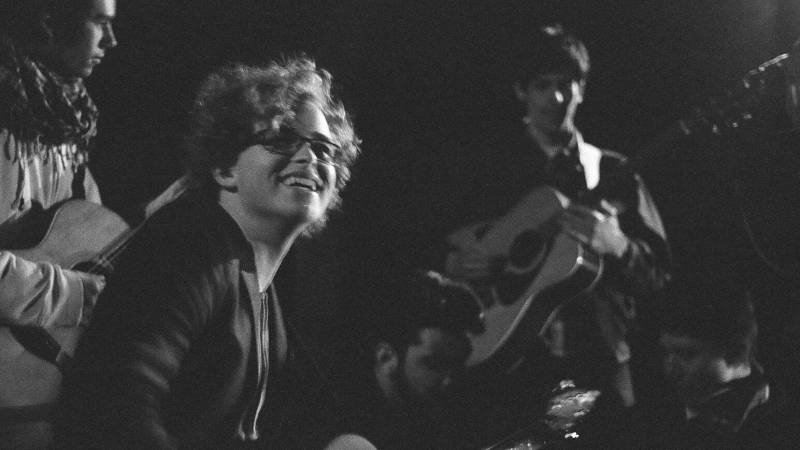Concerned friends encouraged Blank to talk to a therapist. He reached out for professional help, but initially, no one reached back. “The biggest issue was finding a therapist who would return my call,” says Blank.
For many people, navigating the mental healthcare system can be puzzling. Firstly, even with health coverage, high-deductible insurance plans require people to pay upfront for medical expenses, including psychotherapy, which can be costly. In the Bay Area, the economic boost brought on by the tech boom has driven up the cost of rent, food and psychotherapy. As a result, therapy can cost anywhere between 140 and 300 dollars per session.
More affordable options are available, but finding the right type of help isn’t always straight forward. Websites like Better Help and Talkspace offer counseling online. While convenient, talking to a therapist online may not be ideal for people with acute mental health symptoms, such as panic attacks, thoughts of self-harm and severe depression.
For those seeking in-person mental health care, the non-profit organization Open Path Psychotherapy Collective provides affordable counseling services, and its fees range from 30 to 60 dollars per session. According to the website, over 300 therapists in the Bay Area provide mental health services through the Open Path network.
Psychotherapy training clinics staffed by graduate students and recent graduates also provide accessible care. For instance, in San Francisco, Center for Somatic Psychotherapy (CSP) offers sliding-scale psychotherapy services seven days a week, and therapy is provided by graduate students and recent graduates from the California Institute of Integral Studies (CIIS).
In addition to offering traditional talk therapy, CSP therapists promote self-awareness and stress reduction by helping clients connect with the mind, body and spirit, says Steuart Gold, the CSP clinic director. “Somatic therapy encourages accessing the wisdom of the body and creates conditions where one’s creative self can live its fullest expression,” he explains. With this focus, Gold says musicians and artists often benefit from somatic psychotherapy.
Even though it took many phone calls, Blank eventually found a therapist. “My therapist diagnosed me with depression and told me I was experiencing suicidal ideation,” he shares. Receiving a diagnosis helped Blank understand the nature of his pain, which aided in the healing process. “I immediately felt relief,” he shares.



